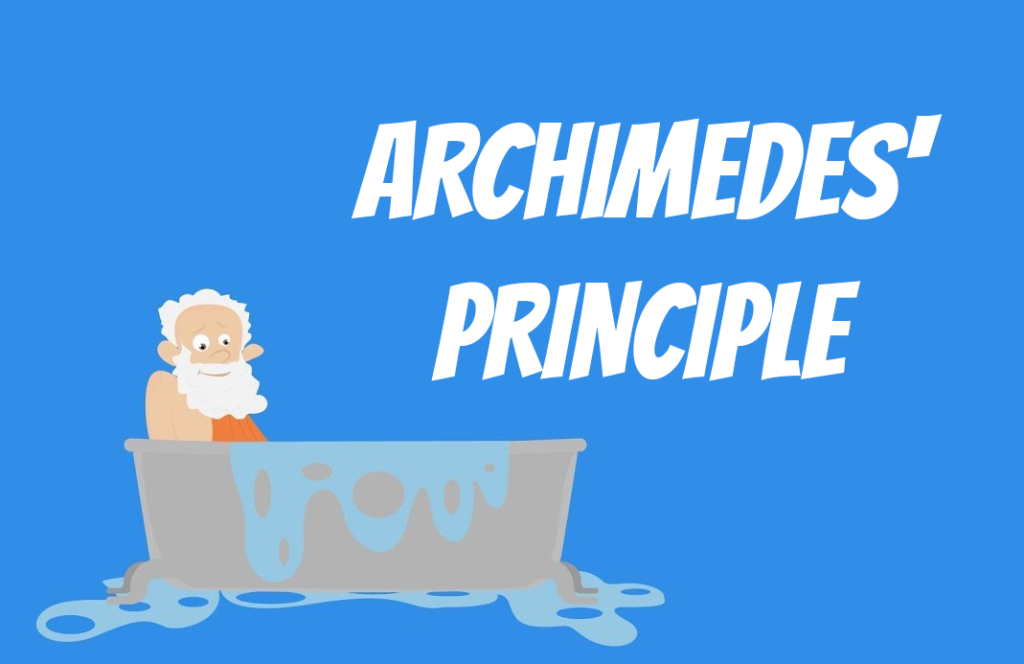Have you ever looked up at a cruise ship towering over a dock and wondered, “How does that much metal even float?” It seems like magic, right? Well, fear not, young sailor! The answer lies in a cool principle of science called buoyancy.
Imagine you have a beach ball and a bowling ball. If you toss them both in a pool, which one floats? The beach ball, of course! That’s because buoyancy is all about how much water something displaces (pushes out of the way) compared to its own weight.

Here’s how it applies to cruise ships:
- Giant Hull, Big Push: Cruise ships have enormous hulls, the main body of the ship underwater. This wide, U-shaped hull pushes down on a massive amount of water.
- Water Pushes Back: Remember, water is heavy! When the ship pushes down, all that water pushes back up with an equal force. This upward push is what keeps the ship afloat!
- Density Matters: Think of density as how much “stuff” is packed into something. Steel, the main material in ships, is denser than water, so on its own it would sink. But the key is the shape of the ship. The wide hull creates a large volume that pushes out a lot of water, even though the steel itself is heavy.
Bonus Buoyancy Boosters!
While the basic principle is buoyancy, there are other factors at play:
- Lightweight Materials: Ships are built with special, super strong steel that’s lighter than regular steel. This helps keep the overall weight down.
- Compartments: The inside of a cruise ship is divided into many watertight compartments. Even if a hull breach happens in one area, other compartments can keep the ship afloat.
- Cargo and People: The weight of passengers, luggage, and supplies also matters! Ships are carefully designed to handle this weight without compromising buoyancy.
So, next time you see a majestic cruise ship gliding across the waves, remember the science of buoyancy at work!
Archimedes’ Principle Explained:

Archimedes’ Principle is a fundamental law of physics that describes the buoyant force acting on an object submerged in a fluid (liquid or gas). It essentially explains why some objects float and others sink.
The Key Idea: Buoyant Force
Imagine you’re submerged in water. You feel pressure pushing up from all sides. This upward push is the buoyant force. It arises because water, like any fluid, exerts pressure in all directions. As you push down on the water, displacing some of it, the water pushes back with an equal and opposite force – upwards.
The Displaced Fluid Matters
The strength of the buoyant force depends on the amount of water you displace. Here’s the crux of Archimedes’ Principle:

The upward buoyant force acting on an object submerged in a fluid is equal to the weight of the fluid displaced by the object.
Weight vs. Buoyancy: Float or Sink?
So, how does this principle determine if an object floats or sinks? It all boils down to a weight comparison:
- Object Heavier Than Displaced Water: If the object’s weight is greater than the weight of the water it displaces, the buoyant force isn’t strong enough to overcome the object’s weight. The object will sink (think of a metal ball).
- Object Lighter Than Displaced Water: If the object’s weight is less than the weight of the water it displaces, the buoyant force is stronger. The object will float (think of a beach ball).
Density Plays a Role:
Density, which is the mass per unit volume, is indirectly related to Archimedes’ Principle. Denser objects (like steel) displace less water for their weight compared to less dense objects (like a beach ball). This helps explain why denser objects tend to sink, while less dense objects can float.
Applying Archimedes’ Principle (Exam Tip!)
- Identify the submerged object and fluid.
- Calculate the volume of the submerged object.
- Determine the density of the fluid. (Density tables are often provided in exams)
- Calculate the weight of the displaced fluid (volume x density).
- Compare the weight of the displaced fluid to the weight of the object.
- If the displaced fluid weighs more, the object will float.
- If the displaced fluid weighs less, the object will sink.
Examples to Remember:
- A steel ball, despite its hollow core, is denser than water and displaces less water than its weight, so it sinks.
- A ship, made of steel but with a large hull design that displaces a massive amount of water, experiences a buoyant force greater than its weight, allowing it to float.
By understanding Archimedes’ Principle and its connection between displaced fluid weight and object weight, you’ll be well-equipped to tackle buoyancy-related questions in your exam!












